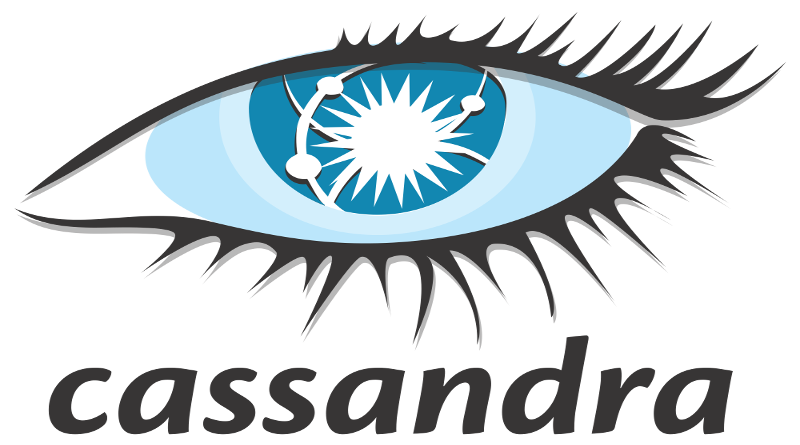Cassandra 2.0
Create KEYSPACE or DATABASE
- DESCRIBE KEYSPACES;
- Creating a keyspace is the CQL counterpart to creating an SQL database, but a little different. The Cassandra keyspace is a namespace that defines how data is replicated on nodes. Typically, a cluster has one keyspace per application. Replication is controlled on a per-keyspace basis, so data that has different replication requirements typically resides in different keyspaces.
- DESCRIBE TABLES : lists all tables if inside a key-space else lists all keycaps & tables under it.
- EXPAND ON: used for showing select output vertically.
- CREATE KEYSPACE user WITH replication = {‘class’: ‘SimpleStrategy’, ‘replication_factor’: 1 };
- USE user ;
Create & INSERT
- CREATE TABLE users ( user_id timeuuid, date_joined timestamp, user_name text, department text, team text, manager_id timeuuid, primary key (user_id)) ;
- CREATE TABLE playlists ( id uuid , song_order int , song_id uuid , title text , album text , artist text, PRIMARY KEY (id, song_order));
- DESCRIBE TABLE user;
- INSERT INTO playlists (id, song_order, song_id, title, artist, album) VALUES (62c36092-82a1-3a00-93d1-46196ee77204, 4, 7db1a490-5878-11e2-bcfd-0800200c9a66, ‘Ojo Rojo’, ‘Fu Manchu’, ‘No One Rides for Free’);
- INSERT INTO users (user_id, date_joined, department, manager_id, team, user_name) VALUES (d2177dd0-eaa2-11de-b572-001b779c76e3, ‘2011-02-03’, ‘SSPT’, d2177dd0-eaa2-11de-a572-001b779c76e3, ‘DCCONFIG’, ‘Rosh’);
ALTER table , ADD collection, UPDATE row
- ALTER TABLE playlists ADD tags set<text>;
- ALTER TABLE playlists ADD reviews list<text>;
- ALTER TABLE playlists ADD venue map<timestamp, text>;
- UPDATE playlists SET tags = tags + {‘2007’} WHERE id = 62c36092-82a1-3a00-93d1-46196ee77204 AND song_order = 2;
- ALTER TABLE users RENAME userid to user_id;
INDEXING for Select & Search
- Individual Column Index
- CREATE INDEX ON playlists( artist ); : Allows for searching(Select) by artist value
- Select * from playlists WHERE artist = ‘BAD’;
- Collection Index
- CREATE INDEX ON playlists (tags);
- CREATE INDEX mymapvalues ON playlists (venue); (Specifying a name for the index, such as mymapindex, is optional.)
- Index on map collection keys (Indexes on the keys and values of a map cannot co-exist.)
- DROP INDEX mymapvalues;
- CREATE INDEX mymapkeys ON playlists (KEYS(venue));
- Do not use an index in these situations:
- On high-cardinality columns because you then query a huge volume of records for a small number of results. See Problems using a high-cardinality column index below.
- In tables that use a counter column
- On a frequently updated or deleted column. See Problems using an index on a frequently updated or deleted column below.
- To look for a row in a large partition unless narrowly queried. See Problems using an index to look for a row in a large partition unless narrowly queried below.
SELECT on Collection
- SELECT album, tags FROM playlists WHERE tags CONTAINS ‘blues’; (LIST)
- SELECT artist, venue FROM playlists WHERE venue CONTAINS ‘The Fillmore’; (MAP Values)
- SELECT album, venue FROM playlists WHERE venue CONTAINS KEY ‘2013-09-22 22:00:00-0700’;(MAP KEYS)
SELECT
- CREATE INDEX album_name ON playlists ( album );
- CREATE INDEX title_name ON playlists ( title );
- SELECT * FROM playlists WHERE album = ‘Roll Away’ AND title = ‘Outside Woman Blues’ ALLOW FILTERING ;

